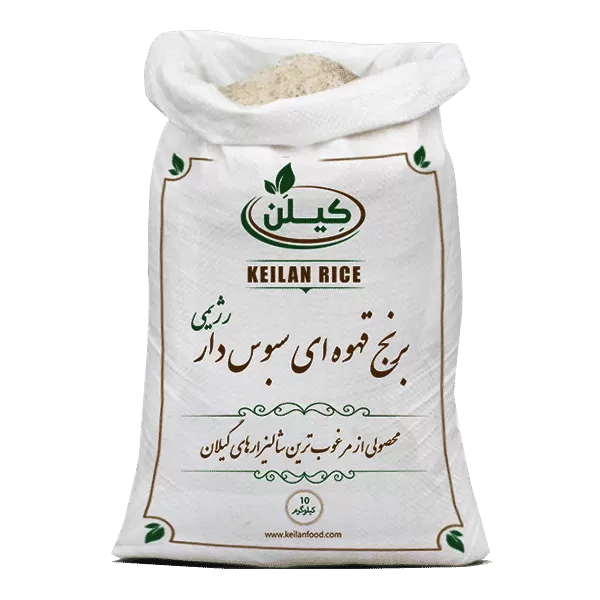Best Cooking Methods to Preserve Brown Rice Nutrients
페이지 정보
작성자 Lilia 작성일25-10-09 11:39 조회2회관련링크
본문
How brown rice is prepared can dramatically alter how many nutrients it retains by the time it reaches your plate. Whole grain brown rice is naturally loaded in complex carbohydrates, essential B-vitamins such as B1 and B3, important trace elements like magnesium and selenium, خرید برنج قهوه ای and antioxidants. But these essential compounds are easily degraded by thermal stress, leaching, and overcooking. For example, boiling brown rice in a large amount of water and then draining it can drain off water-soluble vitamins and minerals. This is similar to what happens|mirrors the outcome of} when you boil vegetables and throw away the water. To retain the highest nutritional value, consider using a ratio of one part rice to two parts water and letting it absorb all the liquid during cooking. This method, commonly referred to as the absorption technique, preserves the majority of micronutrients.

Cooking brown rice using steam is another excellent option. When rice is exposed to hot vapor, it is not submerged in water, so nutrient leaching is minimized. Steaming also preserves the grain’s natural structure, ensuring the fibrous and oily layers stay undisturbed, which are the concentrated reservoirs of vitamins and minerals of brown rice. Selecting the steam mode on an electric cooker can ensure repeatable, even cooking.
Using a pressure cooker is also beneficial. The controlled pressurized conditions accelerate the process and minimize contact with air and thermal degradation, both of which can break down vitamins. Clinical evidence confirms that brown rice cooked in a sealed vessel maintains superior concentrations of magnesium and essential B-vitamins compared to conventional water-boiling techniques. Additionally, the faster preparation helps preserve heat-sensitive compounds.
Refrain from over-rinsing brown rice prior to preparation. While cleansing helps clear external impurities or residue, it can also leach vital compounds from the outer layers. A brief wash is fine, but soaking for long periods or multiple rinses should be strongly avoided.
An additional factor is cooling and reheating. When brown rice is cooled after cooking, starch molecules restructure into a fiber-like form, which functions similarly to dietary fiber and can benefit gut health. Heating leftover rice doesn’t diminish the effect, so refrigerated portions remain beneficial. However, repeatedly reheating the same batch over several days may cause progressive degradation of vitamins and create unsafe food conditions, so it’s advisable to portion and reheat only intended servings.
In summary, selecting optimal preparation techniques makes a real difference in how much nutrition you get from brown rice. Prefer water-absorption, steam, or high-pressure techniques. Minimize water use and skip prolonged soaking. With a few simple adjustments, you can experience brown rice rich in taste and teeming with essential nutrients.




